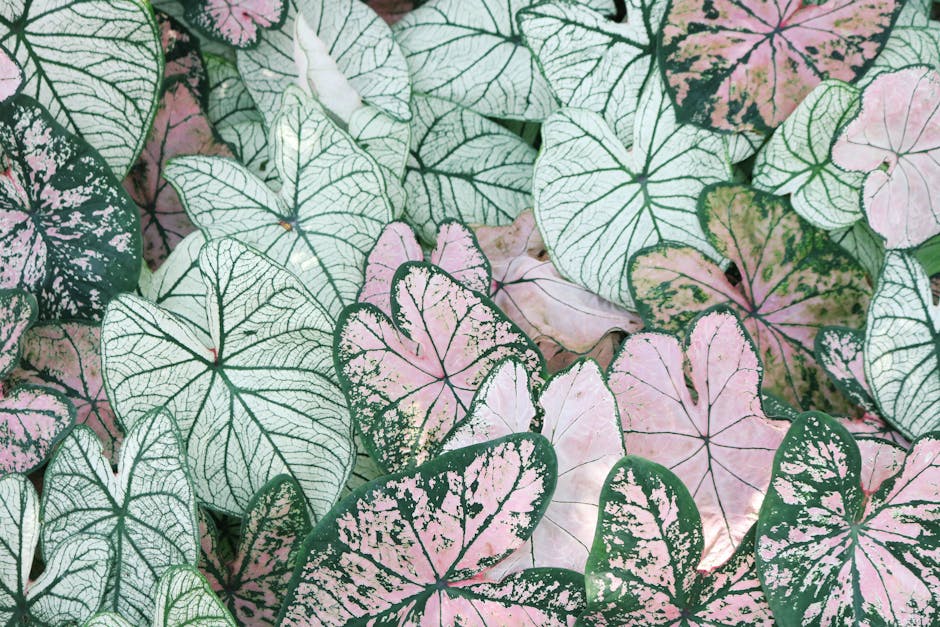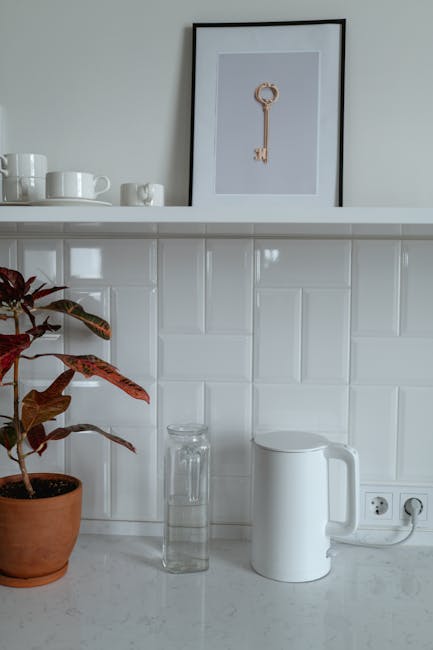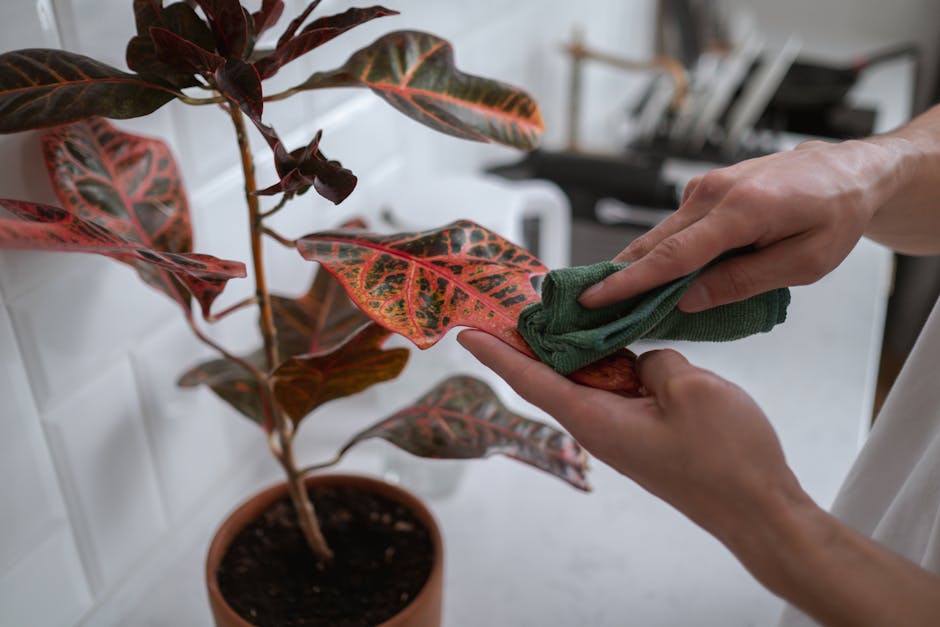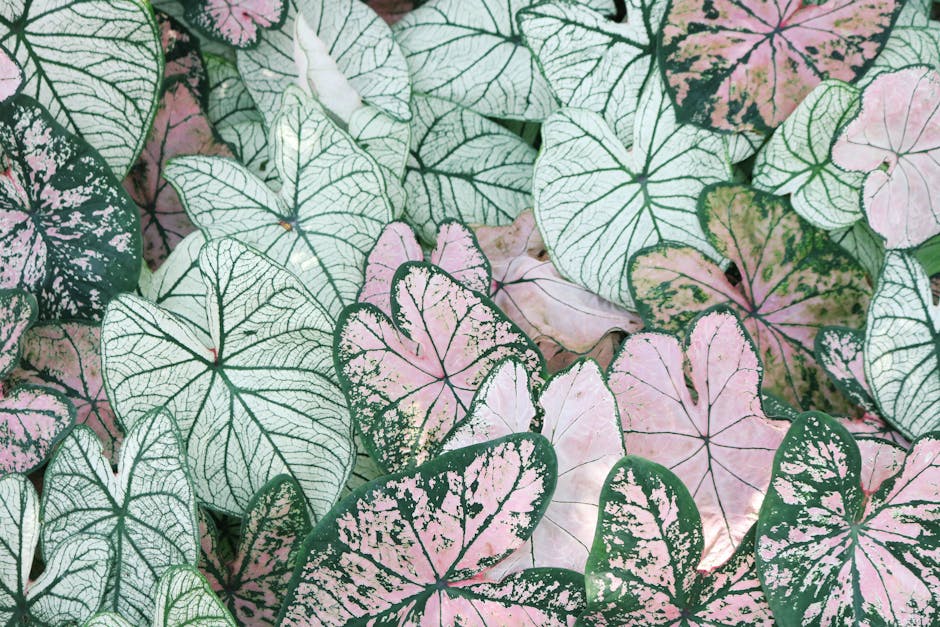Caladium Plants: A Comprehensive Guide to Growing, Caring For, and Showcasing These Vibrant Beauties
Caladiums, with their exquisitely patterned foliage in a dazzling array of colors, are a gardener’s delight. These tropical beauties, prized for their heart-shaped leaves and vibrant hues, add a touch of exotic elegance to any garden, patio, or indoor space. This comprehensive guide will delve into everything you need to know to successfully cultivate these stunning plants, from choosing the right variety to troubleshooting common issues.
Understanding Caladium Varieties: A Kaleidoscope of Colors and Patterns
The genus Caladium boasts a wide range of cultivars, each offering unique foliage characteristics. This diversity allows you to select plants perfectly suited to your aesthetic preferences and growing conditions. Popular varieties include:
- Florida Fantasy™ Series: Known for its exceptionally large leaves and striking color combinations.
- White Christmas™: Features striking white leaves with vibrant green veins.
- Red Flash™: Showcases deep red leaves with contrasting green veins.
- Pink Beauty: Displays soft pink leaves with a delicate green edge.
- Carolyn Whorton: Known for its unique, almost luminous appearance.
Choosing a variety depends on your personal taste and the available growing conditions. Some varieties are better suited to containers, while others thrive in the ground. Researching individual variety requirements before purchasing will ensure success.
Planting Caladiums: Location, Soil, and Preparation
Caladiums flourish in warm, humid environments, mimicking their natural tropical habitat. Successful cultivation requires attention to several key factors:

Choosing the Right Location:
Caladiums prefer partial shade to dappled sunlight. Avoid direct, intense sunlight, which can scorch their delicate leaves. Morning sun with afternoon shade is ideal. Indoors, place them near a brightly lit east- or west-facing window.
Preparing the Soil:
Well-draining soil is crucial for Caladiums. Heavy, clay soil can lead to root rot. Amend heavy soil with organic matter like compost or peat moss to improve drainage and aeration. The ideal soil pH is slightly acidic, between 5.5 and 6.5.
Planting Process:
Plant caladium corms 2 to 4 inches deep, with the pointed end facing upward. Space corms according to the mature size of the variety. Water gently after planting, ensuring the soil is evenly moist but not waterlogged.
Caladium Care: Watering, Fertilizing, and Pest Management
Consistent care is key to maintaining healthy, vibrant Caladiums. These points are critical:
Watering:
Keep the soil consistently moist, but not soggy. Allow the top inch of soil to dry slightly between waterings. Overwatering is a common cause of root rot. Adjust watering frequency based on weather conditions and pot size.
Fertilizing:
Feed Caladiums regularly during the growing season (spring and summer) with a balanced, water-soluble fertilizer. Follow the product instructions carefully, avoiding over-fertilization, which can damage the plants. Reduce fertilization in autumn as growth slows.
Pest and Disease Management:
Caladiums are susceptible to various pests and diseases, including aphids, spider mites, and fungal leaf spots. Regularly inspect plants for signs of infestation or disease. Treat promptly with appropriate insecticidal soaps or fungicides.
Overwintering Caladiums: Protecting Your Plants During Dormancy
In colder climates, Caladiums need protection during winter. As temperatures drop, the foliage will naturally die back. This is a sign that the plant is entering dormancy. Here’s how to overwinter your Caladiums:
- Allow the foliage to die back naturally. Do not cut it back prematurely.
- Carefully lift the corms from the ground. Allow them to dry slightly before storing.
- Clean the corms. Remove any excess soil and debris.
- Store the corms in a cool, dry, and dark location. A temperature between 50-60°F (10-15°C) is ideal.
- Check the corms periodically for signs of rot or decay. Remove any damaged corms.
- Replant the corms in spring once the danger of frost has passed.
Propagating Caladiums: Expanding Your Collection
Caladiums can be propagated from corms or by division. Both methods are relatively straightforward, allowing you to increase your collection of these vibrant plants.

Propagation from Corms:
During the dormancy period, carefully separate the smaller corms or ‘baby’ corms from the larger ones. Plant these smaller corms as you would the original ones, ensuring each has at least one eye or growth point.
Propagation by Division:
When replanting in spring, you can carefully divide larger corms using a sharp knife. Each division should contain a portion of the rhizome and at least one eye. Plant the divided sections as you would individual corms.
Troubleshooting Common Caladium Problems
Even with proper care, Caladiums can sometimes encounter problems. Recognizing and addressing these issues promptly can help ensure the health of your plants.

- Yellowing Leaves: Often indicates overwatering, underwatering, or nutrient deficiency.
- Wilting Leaves: Can be caused by underwatering, excessive heat, or pests.
- Brown Leaf Tips: Usually a sign of underwatering, low humidity, or salt buildup in the soil.
- Root Rot: Caused by overwatering and poor drainage.
By understanding the specific needs of Caladiums and following these guidelines, you can enjoy the beauty of these exceptional plants for years to come. Their vibrant foliage will surely brighten any space they grace.

